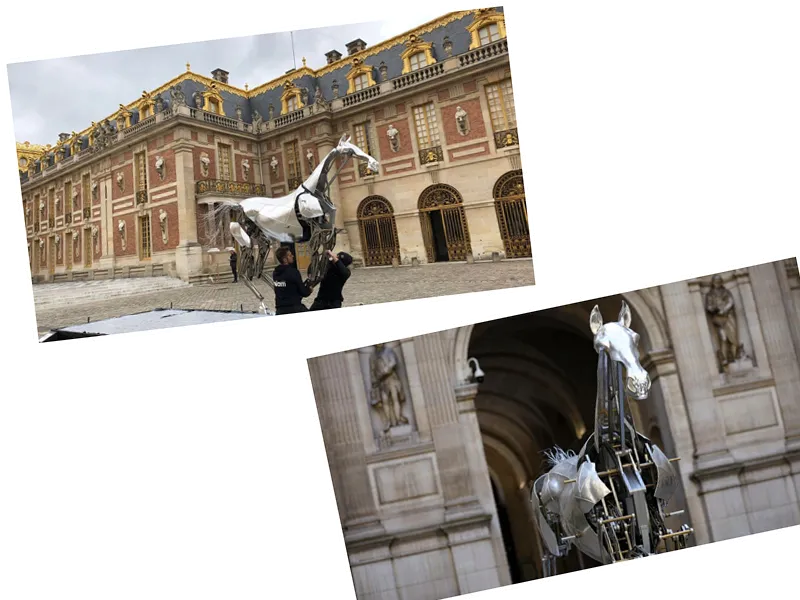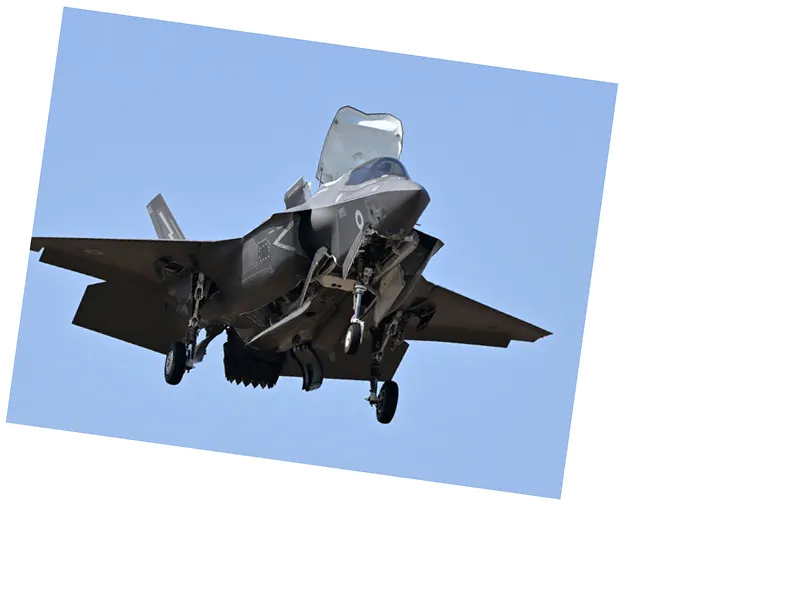Nearly 400 English, Belgian, French, and Canadian military paratroopers provided a spectacular display on Wednesday by jumping above the town of Sannerville (Calvados) near Caen. This event marks the start of celebrations for the 80th anniversary of the Landing. On the night of June 5 to 6, 1944, paratroopers were dropped by gliders as part of Operation Deadstick to attack the Bénouville bridge, later named 'Pegasus bridge' in honor of the British commandos whose emblem was the winged horse Pegasus.
In a twist emblematic of post-Brexit Europe, the 250 British paratroopers who took off from RAF Brize Norton in Oxfordshire with their gear were met by French customs officers upon landing. The customs officers set up tables in the fields to perform identity and security checks, a process the British press criticized as 'ridiculous' despite it being conducted with good humor and in front of hundreds of spectators. Brigadier Mark Berry, commander of the 16th Air Assault Brigade, reported, 'It's something we've never experienced before.'
This year’s commemorations represent not only a tribute to the heroism of D-Day paratroopers but a reminder of the evolving nature of international relations post-Brexit. The British airborne divisions, while celebrated, were reminded of the new norms as they had to 'go through the customs box,' an experience absent during the war when identity checks were a life-or-death matter rather than a bureaucratic procedure.
Accompanying the soldiers was an historical footnote: a lexicon provided to British soldiers during WWII to help bridge the cultural gap with the French populace. The compact guide included translations, history, road signs, culinary tips, and more. The objective was clear – to soften relationships between the British liberators and the French civilians who had endured years of German occupation.
This small manual, reissued in a bilingual version, encapsulated the delicate mission of Allied troops: to act as liberators while also respecting and understanding the local culture. The instructions emphasized the importance of good conduct and respect, urging soldiers not to take scarce local resources or criticize the French war effort. Interestingly, the guide portrayed the French as intellectually inclined, valuing freedom of thought and art deeply, and provided advice on integrating smoothly with the local customs, whether through sports or social etiquette.
- Observing the customs officers in bulletproof vests welcoming the British soldiers provided a contrast to the wartime reception, underscoring the routine yet surreal nature of the event. It highlighted the transformation from wartime exigencies to peacetime formalities.
- The historical context provided by the manual distributed to WWII soldiers served to remind modern audiences of the nuanced diplomatic efforts required even in conflict. The guide’s light-hearted yet essential instructions aimed to prevent any cultural misunderstandings that could compromise Franco-British relations.
- This anniversary event served as a potent reminder of the shared history and evolving dynamics between the UK and France, especially in light of recent political changes like Brexit. It underscored the continual need for mutual respect and understanding, not just in military cooperation but also in everyday interactions.






